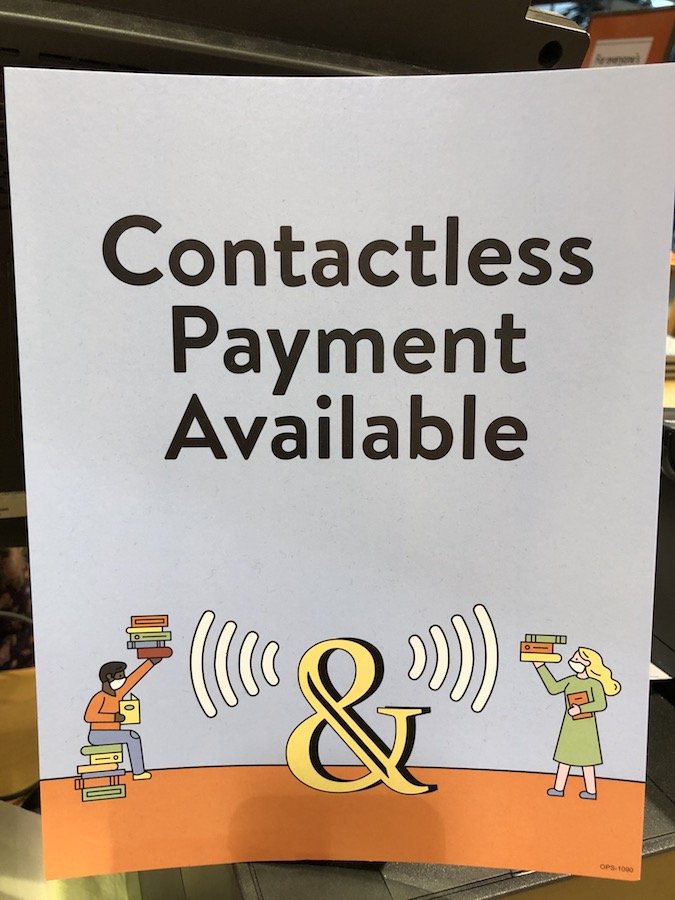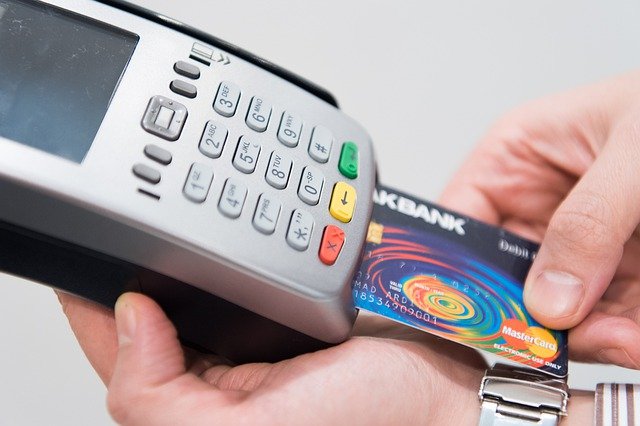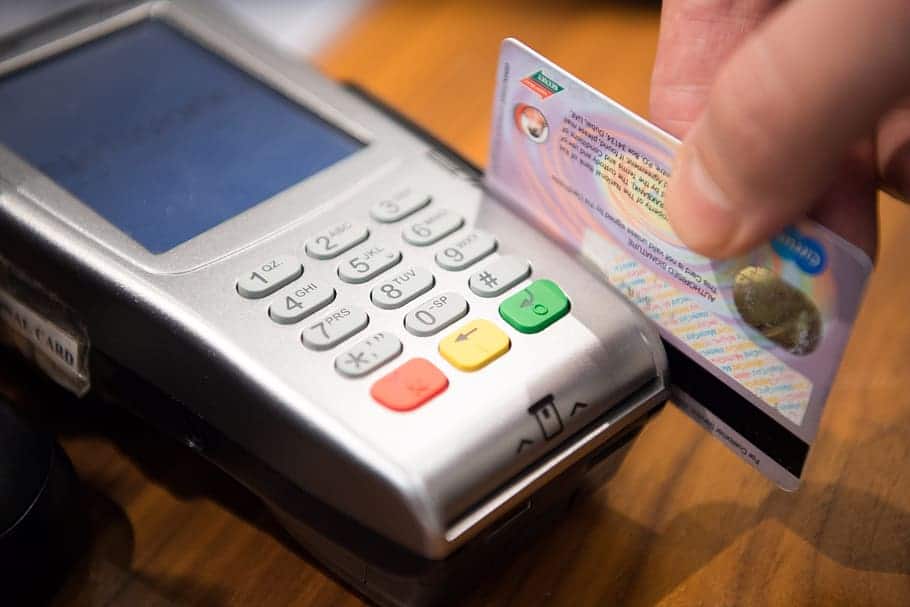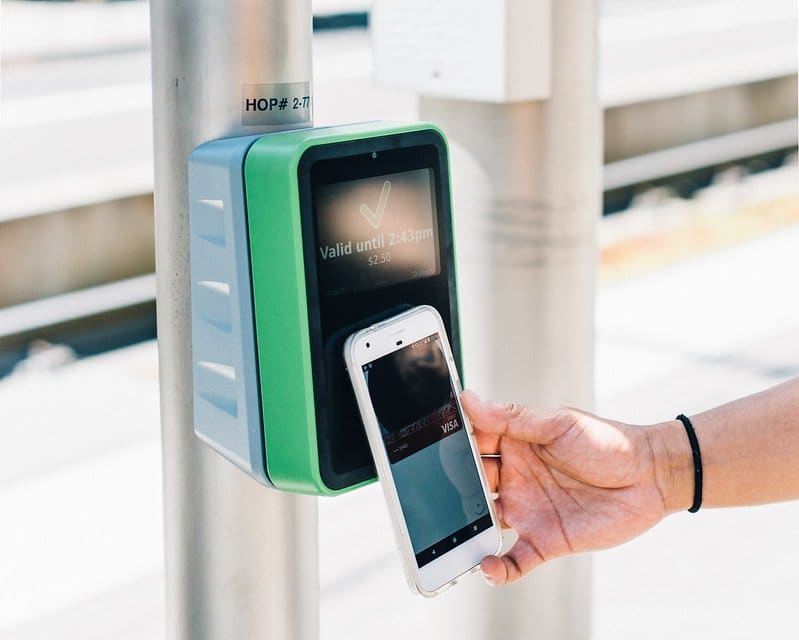How Can Contactless Payments Improve?
Last Updated on January 4, 2021 by
We’ve all certainly become experts in contactless payments in 2020, trying to avoid touching anything including credit card processing machines. We order things online, we pay with the digital wallets in our phone, and we rub sanitizer on our hands like we’re trying to put out a fire if we ever have to actually touch anything at the store.
The adoption of contactless payments has been pushed to the forefront, even as developers and supporters of the technology were trying to figure out how to get more and more people to accept the practice without ever having to touch a credit card terminal.
Just last year, we reported that roughly 3% of cards in use around the United States were contactless/chip cards, compared to 64% in the UK and 96% in South Korea.

Contactless payment methods are still varied and each one is battling for supremacy in the growing marketplace. There are the digital wallets on your phone, chip cards, and even ways to pay with your Apple Watch or FitBit.
Except we don’t really know how many transactions we’re talking about. DigitalTransactions.net recently reported that while processors and credit card networks are happy to share their volume percentages, they don’t want to share actual numbers.
Networks, processors, and other players are happy to share incredible year-over-year growth percentages for contactless card use, but less likely to share the actual numbers. This would reveal that use in 2019 was very low, likely in the range of 1% to 2% of total card volumes. So even slight growth in transactions in 2020 would deliver some impressive percentages.
How Contactless Payments Can Improve
Of course, there’s room for improvement, especially if the actual usage rate has been as low as DigitalTransactions.net suspects.
For one thing, they say, there needs to be a better user experience and faster checkout. If you’ve ever tried to find the actual NFC reader on a credit card machine, you know what the problem is. You slowly wave your card or phone over the reader like you’re dowsing for water, hoping the stupid thing will beep any second.
Every every card manufacturer puts the reader in a different position and every store uses a different card reader brand. (And I suspect they even move the NFC reader around between visits.)
Also, several stores seem to not understand what a contactLESS payment actually means. They want you to enter your PIN, press the screen or use the stylus to say whether you want cash back, if you want to round up your purchase amount, and whether you want a receipt.
At the very least, card reader manufacturers could put some sort of embossed stamp in the machines to show where consumers should tap their card or their phone. Also, brush up on your basic suffixes to understand what the word “contactless” actually promises.
Before the pandemic, the only people using contactless payments were tech geeks and Millennials who were enthralled with everything their mobile phone can do. Now, thanks to COVID-19, there are many more people who realize that contactless payments are a safer and more hygienic way of making purchases.
As acceptance of this method continues to grow, it’s important for merchants to embrace and encourage the technology as well. Show consumers how to use it, put stickers or Post-It notes on the chip reader, and work with a payment services provider that can help you more easily accept contactless payments from your customers.
If you’d like to learn how to use contactless payments in your own business, Corepay can help. To learn more, please visit our website or call us at (866) 987-1969.
Photo credit: Erik Deckers
We appreciate you following Corepay’s blog. Let’s collaborate, send us your article suggestions, questions, and/or feedback to: [email protected].




